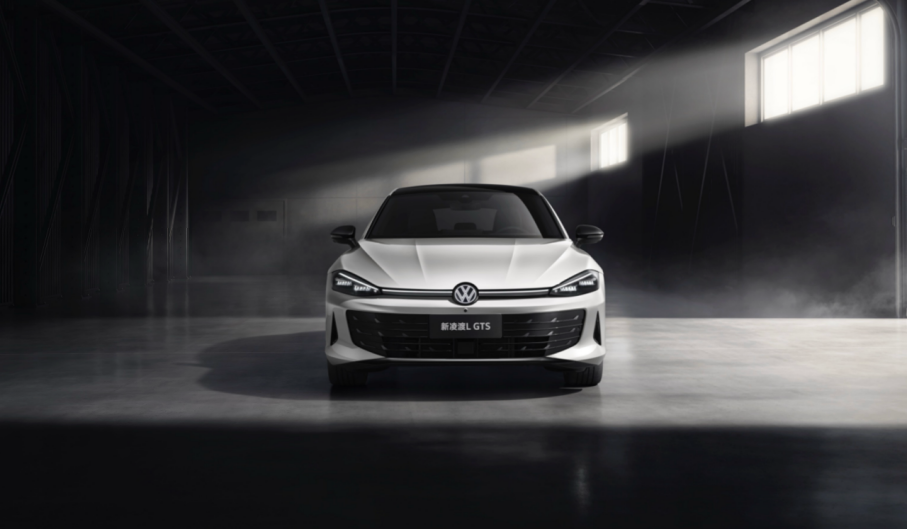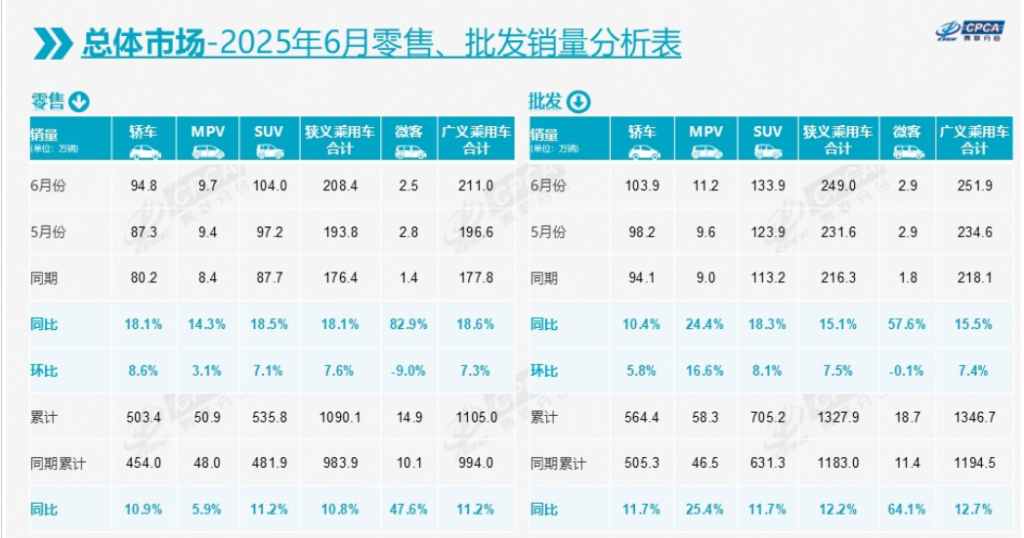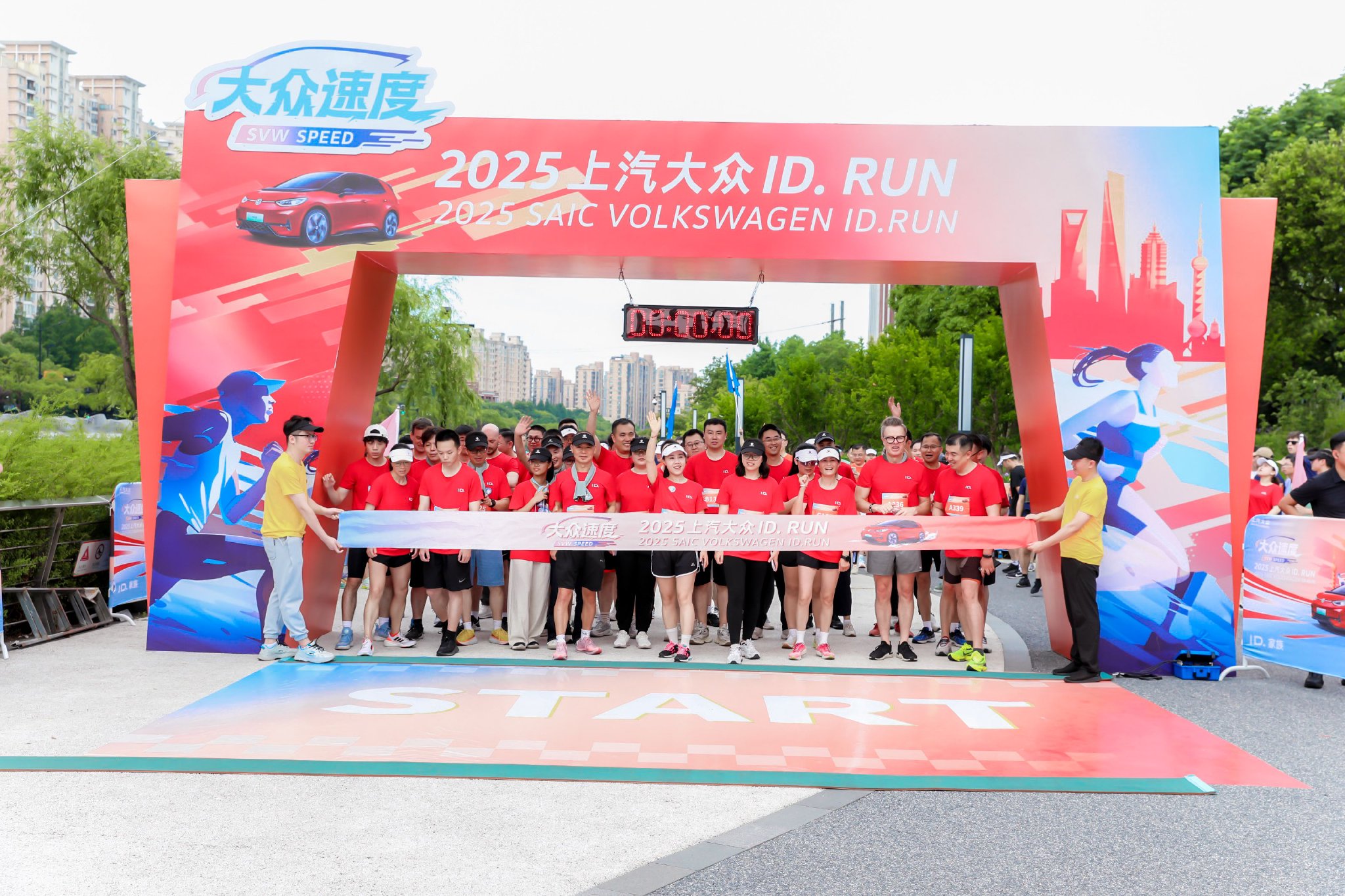
In late October, Jiading District of Shanghai delivered an impressive report card for the 14th Five-Year Plan: its GDP exceeded 300 billion yuan, its cumulative fixed asset investment exceeded 300 billion yuan, and the output value of its automobile industry surpassed the 300 billion yuan mark.
Behind the achievement of "three 300 billion" is the strategic resolve and innovative measures of this "cradle of China's automobile industry" in the face of industrial transformation.

As an important pillar of Jiading's automotive industry, SAIC Volkswagen has successfully built a new automotive industry ecosystem during the 14th Five-Year Plan period by deepening government-enterprise cooperation, expanding its "technology circle of friends," and implementing the "oil-electric integration and intelligence" strategy. This has not only become the latest footnote to Jiading's efforts to build a trillion-yuan-level automotive industry cluster, but also provided a feasible model for the intelligent transformation of joint venture car companies.
Government and enterprises collaborate to build a new industrial hub
"The first car in New China was produced in Jiading, and the first joint venture brand car was also produced in Jiading." This statement by Xiao Wengao, Secretary of the Jiading District Committee, at a press conference on the achievements of the 14th Five-Year Plan, clearly demonstrates the deep connection between automobiles and Jiading. As Jiading's most prominent urban asset, the automotive industry contributes 70% of the region's output value, 60% of its sales, 50% of its GDP, 40% of its employment, and 30% of its tax revenue.
Meanwhile, facing profound changes in the automotive industry, Jiading District is proactively adapting and implementing precise policies to accelerate the construction of a world-class innovation hub for intelligent connected new energy vehicles. A significant achievement is the leapfrog growth in the total output of the "new four modernizations" of automobiles, rapidly increasing from 94.3 billion yuan in 2020 to 267.2 billion yuan in 2024, demonstrating strong development momentum. Xiao Wengao summarizes this achievement as Jiading District's focus on strengthening "four forces": industrial chain expansion, industrial control, park carrying capacity, and demonstration and leading role.
For example, in terms of strengthening the expansion of the industrial chain, Jiading District has built a complete automotive industry chain covering vehicle manufacturing, key components, and software and hardware R&D. Currently, the district has gathered more than 600 key enterprises in the "new four modernizations" of automobiles, including more than 220 enterprises related to intelligent connected vehicles. By working hand in hand with leading enterprises in the industrial chain, such as SAIC Volkswagen, to jointly cultivate the industrial ecosystem, a positive development pattern of "leading enterprises driving the development of the industrial chain and symbiotic industrial clusters" has been formed.
In fact, from the vigorous development and transformation of Jiading's automotive industry, it's easy to see that a deep collaboration model between government and enterprises has become a key force driving industrial transformation. The deep cooperation between SAIC Volkswagen and Jiading District, which has been rooted in Jiading for over forty years, is a prime example. This cooperation has long transcended the traditional government-enterprise relationship of enterprise settlement and policy support, evolving into an innovative partnership for jointly exploring paths to industrial transformation. This deep collaboration model has not only provided strong impetus for the transformation and upgrading of Jiading's automotive industry but also laid a solid foundation for subsequent intelligent manufacturing upgrades.
Intelligent manufacturing upgrade: The new base sets a new benchmark for transformation.
With strong support from government-enterprise collaboration, SAIC Volkswagen has taken substantial steps in upgrading its intelligent manufacturing.
In August 2025, the SAIC Audi AUDI Intelligent Manufacturing Base was officially completed in Anting, Jiading District. This modern factory, covering an area of 260,000 square meters, interprets a new standard for luxury car manufacturing in the Industry 4.0 era with its high degree of automation, cutting-edge technology applications, and fully digital production management system.

This intelligent manufacturing base is built on the Advanced Digitized Platform, with AI visual inspection, digital twin, and laser measurement technologies at its core. It achieves 100% automation of key processes and 100% data traceability throughout the four major workshops of stamping, body, painting, and final assembly.
As a representative of intelligent manufacturing, the final assembly workshop covers an area of over 80,000 square meters and has 8 main production lines, 4 pre-assembly lines, and 2 inspection and rework lines. The workshop's core features include highly automated production processes, cutting-edge technology applications covering the entire process, and a quality monitoring system and a fully digital production management system integrating machine learning technology. Furthermore, the SAIC Audi AUDI intelligent manufacturing base strictly adheres to Audi's globally unified "Audi Assessment System," ensuring that every Audi E5 Sportback rolling off the assembly line is consistent with the Audi Ingolstadt plant, guaranteeing high strength, high precision, and consistency in the body structure, and providing millimeter-level precision control and a zero-defect commitment to every process.

The completion of the SAIC Audi AUDI intelligent manufacturing base and the successful production of the first mass-produced model, the Audi E5 Sportback, mark another breakthrough for Jiading in the field of high-end new energy vehicle manufacturing. In the future, this base will undertake the production of multiple important AUDI models, ultimately achieving an annual production capacity of 360,000 units.
More important than improved production efficiency is the fact that the new base will provide replicable experience and standards for the intelligent transformation of the entire automotive industry. The shift from traditional manufacturing to intelligent manufacturing requires a corresponding product strategy, which is another important dimension that SAIC Volkswagen will showcase next.
Hybridization of Oil and Electricity: SAIC Volkswagen Explores New Strategic Path
Based on the requirements of the "new four modernizations" of automobiles and the improvement of its own intelligent manufacturing capabilities, SAIC Volkswagen has pioneered the "intelligent integration of gasoline and electric vehicles" strategy. This strategy breaks the industry's inherent understanding of intelligent vehicles and creates a unique path for the parallel intelligent upgrading of both gasoline and electric vehicles.

In terms of implementation, SAIC Volkswagen launched six significant new models in August and September alone. These included the Audi E5 Sportback, equipped with an assisted driving system co-developed with Momenta, and the all-new SAIC Audi A5L Sportback featuring Huawei's Qiankun technology. This flurry of product launches signifies that SAIC Volkswagen's intelligent strategy has entered a phase of tangible results.

The market has responded positively to these innovative products. Data shows that in September, SAIC Volkswagen's terminal sales reached 91,300 units, a 1.4% increase month-on-month, showing a steady upward trend overall.
Looking ahead, SAIC Volkswagen plans to launch more than 20 new models by 2030, continuing its "simultaneous development of oil and electricity, and intelligent integration of oil and electricity" strategy, resonating with Jiading District to jointly promote the construction of a trillion-yuan-level automotive industry cluster. From SAIC Volkswagen's experience, it's clear that the intelligent transformation of automakers cannot rely solely on simple technological advancements; it requires a comprehensive restructuring from manufacturing systems and product strategies to the industrial ecosystem.
Standing at the intersection of the 14th and 15th Five-Year Plans, we can foresee that with the accelerated advancement of a new round of technological revolution and industrial transformation, competition in China's automotive industry will inevitably intensify. However, from the government-enterprise collaborative innovation model jointly built by SAIC Volkswagen and Jiading District, and SAIC Volkswagen's expansion of intelligent manufacturing capabilities and implementation of the "oil-electric integrated intelligence" strategy, it is not difficult to see that this new quality productivity built through win-win cooperation has established an effective new business model for the automotive industry. This not only provides a model for the transformation and upgrading of joint venture automakers, but also injects new momentum into China's automotive industry's move towards high-quality development.


